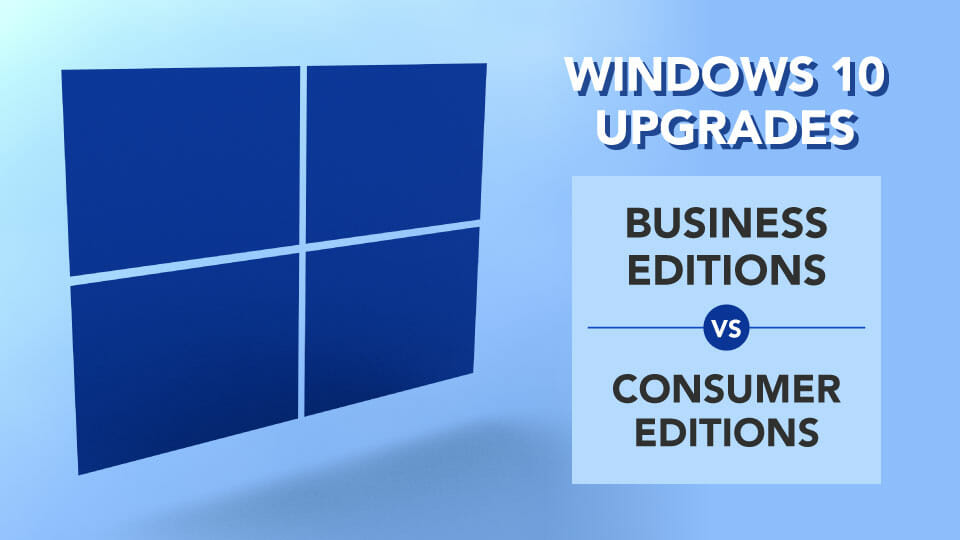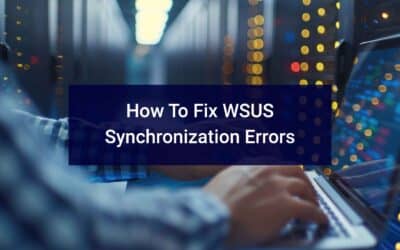Microsoft is ‘trying’ to make this easy. Unfortunately they’ve used the wrong lingo in what understandings people have of said lingo.
Business Edition upgrades don’t have to do with how you’re using Windows 10 – in a business setting, using Pro, Pro for Workstations, Enterprise, or Education versions.
Consumer Edition upgrades don’t have to do with if you’re running Windows 10 at home, using Home Edition or using a Pro license.
So What’s The Difference?
It has to do with the METHOD of installation (OEM, Retail, USB Media from the Media Creation Tool, Volume) vs the Windows 10 version (Home/Pro/Enterprise/Education)
Business edition upgrades apply to Volume Media installations. This could be a Pro, Pro for Workstations, Enterprise, or Education edition, but is always created from a Volume media license and usually is done for scale deployment methods (SCCM, KACE, WDS, PDQ Deploy, etc).
Consumer Editions apply to OEM/Retail/USB Media installations from the Media Creation Tool. This could be Home, Pro, Pro for Workstations, Enterprise, Education editions.
How Can My Enterprise License Be Considered a Consumer Edition For Upgrades?
Here are some examples of how different scenarios can be different editions for upgrades that you would normally not think they would be.
- If you buy a system from a Manufacturer that contains an OEM version of Windows Pro, and you upgrade to Enterprise by changing the key – it’s still a consumer edition.
- If you buy a system from a Manufacturer that contains an OEM version of Pro and you wipe and load a volume licensed version of Pro – it’s a business edition.
- If you buy a system from a Manufacturer that contains an OEM version of Home and you upgrade it to Pro by changing the key – it’s still a consumer edition.
- If you buy a system from a Manufacturer that contains an OEM version of Home and you buy a Retail version of Pro and wipe and reload making it Pro – it’s a consumer edition.
- If you buy a system from a Manufacturer that had Windows 7 Pro installed. You purchased volume licenses of Windows 10 as you missed the Free Upgrade period which expired in 2016. You then wiped and installed Windows 10 Pro using USB media from the Media Creation tool, and activated it with a MAK or KMS key – it’s a consumer edition.
- If you buy a system from a Manufacturer that had Windows 7 Pro installed. You purchased volume licenses of Windows 10 as you missed the Free Upgrade period which expired in 2016. You then wiped and installed Windows 10 Pro using USB media from the downloaded volume licensed version, and activated it with a MAK or KMS key – it’s a business edition.





